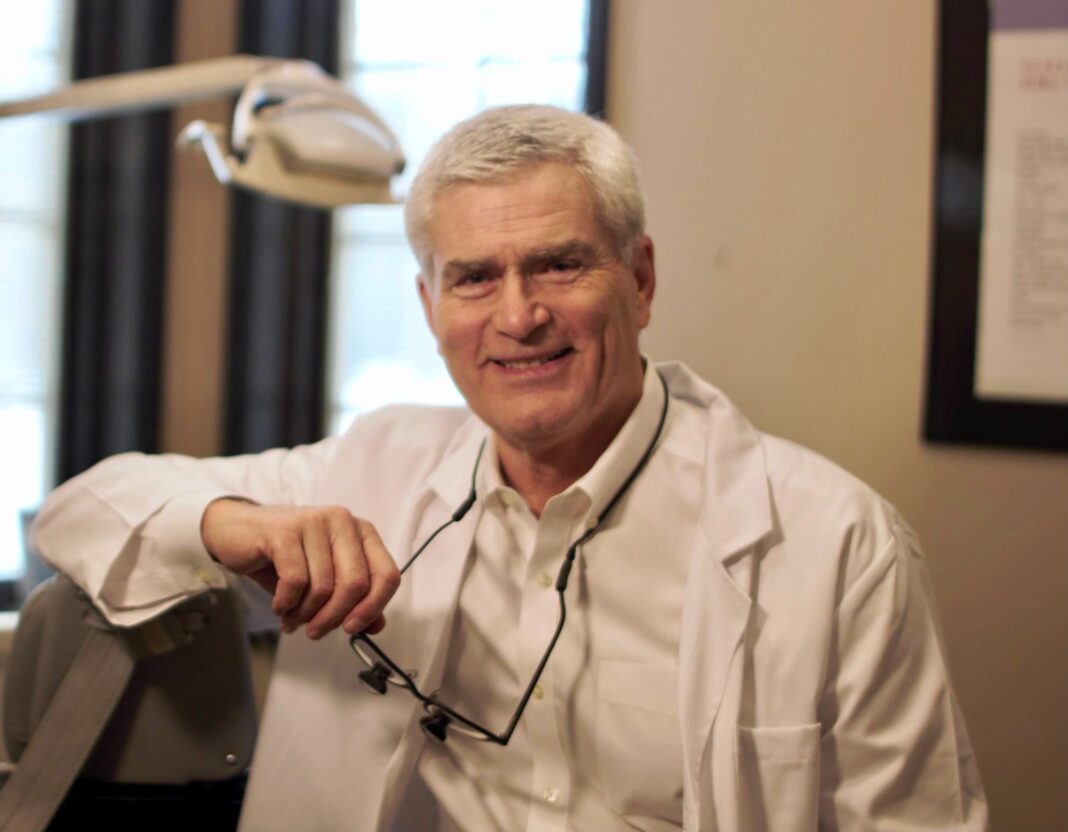Recent advances in artificial intelligence, precision patient design and robotic manufacturing have revolutionized the treatment choices for obstructive sleep apnea. Patients have long complained of ill-fitting CPAP masks, cumbersome hoses, and noisy machines. Compliance for this ‘gold standard’ treatment is estimated at between 40-60% at the end of the first year and lower thereafter. Precision Oral Appliance Therapy(OAT) provides improved efficacy and compliance much more than traditional handmade legacy devices, this results in effectiveness that rivals or surpasses CPAP outcomes. The FDA has an approved list of over 100 custom made dental devices for treating apnea, yet to date, only ProSomnus Sleep Technologies can claim the level of precision required to change the prescribing patterns of thousands of sleep physicians.
It is estimated that over 1 billion people ages 30-69 worldwide suffer from Obstructive Sleep Apnea (OSA). In the US alone, some 35-50 million have mild to severe apnea withover 80% undiagnosed. The economic burden of untreated apnea was approximately $150 billion dollar in the US in 2015. The increased co-morbidities associated with OSA result in patients being 23 times more likely to have a heart attack, 4 times more likely to have a stoke and significant increases in the incidence of diabetes, congestive heart failure, hypertension, depression and arrythmias. OSA is the hidden pandemic that, until the last several years, has propagated under the proverbial radar.


Mandibular advancement devices work by holding the lower jaw in a prescribed position during sleep. This opens the airway posterior to the tongue and decreases the number of times a patient’s O2 levels drop,causing them to wake up and take a deeperbreathe (Apnea Hypopnea Index or AHI score). Older styled legacy handmade devices are bulkier, do not replicate the prescribed starting position accurately and are much harder to keep clean, Consequently, there has only been modest improvement in treatment success, patient comfort and prevention of side effects until this new generation of high-tech precision medical devices came along. Recent studies have demonstrated preference of these new design over both predicate devices and CPAP. The improvement in efficacy along with excellent compliance are resulting in best in class mean disease alleviation and improved outcomes.

CPAP and OAT are not the only treatments available for OSA. Sleep position (side versus back sleepers) and weight loss have moderate impact while surgical procedures success rates vary dependent on the AHI score and disease reduction. Upper and lower jaw advancement surgery is very effective but the invasiveness of the procedure limits how many choose this option. Surgical implantation of neuro-stimulation devices like Inspire, show promise but only serve a segment of the OSA patients and is an expensive option ($30,000-50,000).

Typically, medical insurance covers CPAP, OAT, andselect surgical procedures dependent on assessed need. The useful life and lack on ongoing costs are making OAT a very attractive option for payers. Although the cost of CPAP may be lower at the date therapy is initiated, it typically passes the cost of OAT at 12-14 months in a 3–5-year treatment cycle. That makes CPAP 2-3 times more expensive to insurers than OAT. That along with the preference over other treatments has dental sleep medicine growing rapidly as a discipline. Although there is no recognized specialty within dentistry, some 1500 (of the 180,000 total) dentists have trained extensively and been tested as qualified or diplomates by the American Academy of Dental Sleep medicine. adsm.org
As more dentists acquire the training, and more device manufacturers adopt precision medical device manufacturing over traditional hand made dental designs, physicians will transfer more responsibility for treatment from CPAP to oral appliances. We can then begin to ramp up treatment for the over 80% of OSA patients who are undiagnosed. The Phillips recall of over 3 million CPAP machines, poor compliance and current backlogs for treatment have left an even larger gap in overcoming this crisis. Sleep is critical to health. You cannot open a periodical, look at Facebookor watch TV for any time without seeing ads for better sleep. In 2017, the US Sleep Market was estimated to be 28.6 billion; Mattresses 16 billion, CPAPs 4.3 billion, sleep centers 4.2 billion, sleep pillows 1.6 billion and prescription sleep medications 1.4 billion. Oral appliances accounted for less than 200 million! ProSomnus was awarded the Inc. 5000 fastest growing companies three years in a row. Artificial intelligence, precision design and robotic manufacturing are revolutionizing the treatment of OSA.




















